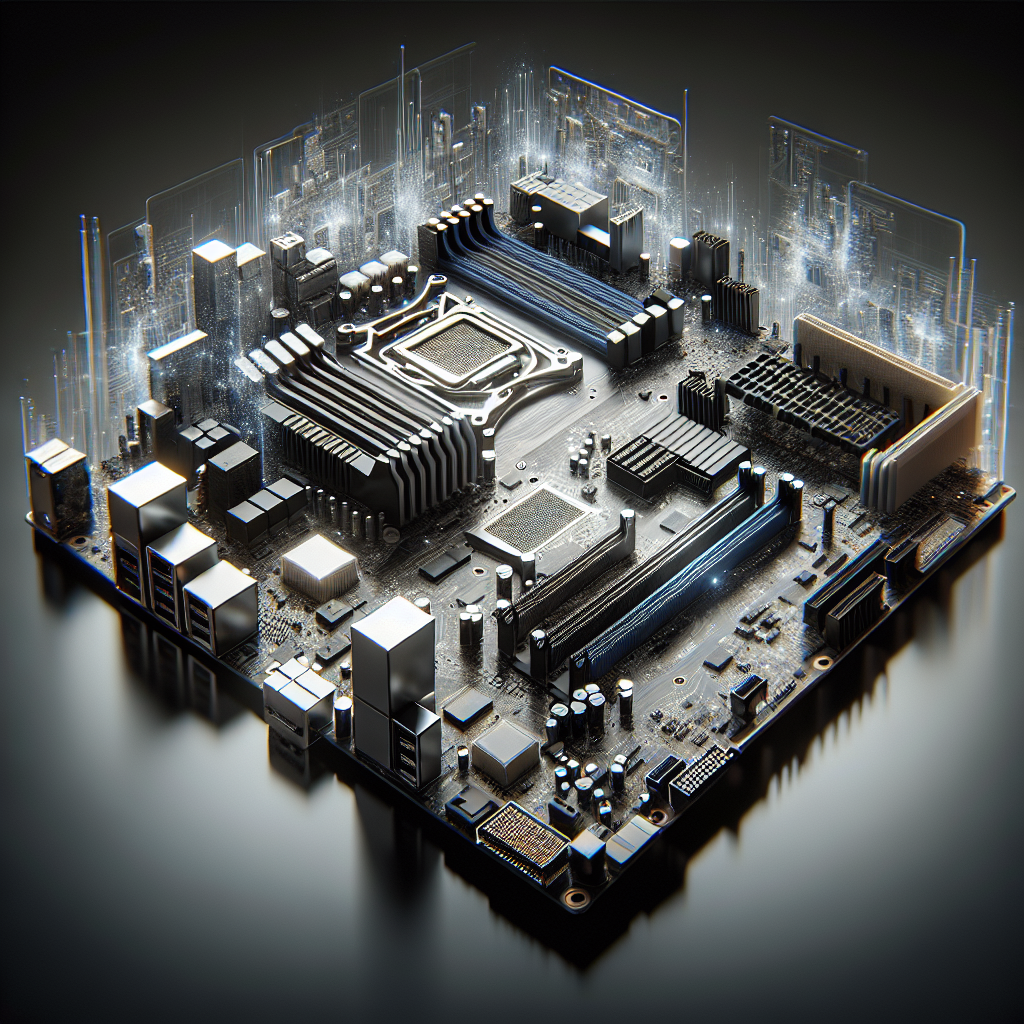Understanding the critical role of computer hardware has never been more essential, particularly as demands for performance, efficiency, and adaptability in computing systems continue to accelerate across industries. A recent article published by StartupNews.fyi titled “A Diagram and Explanation of Motherboard Parts and Their Functions” provides both a detailed educational guide and a timely reminder of how indispensable the motherboard remains in modern computing.
Often referred to as the backbone of the computer, the motherboard connects all critical components, including the central processing unit (CPU), memory modules, storage devices, and peripheral interfaces. The StartupNews.fyi article offers a concise yet comprehensive breakdown of each component’s function and its contribution to overall system architecture. From the power connectors and chipset to PCIe slots and DIMM sockets, the piece elucidates how these elements facilitate communication between hardware peripherals and ensure synchronized system performance.
The surge in demand for high-performance computing in sectors such as artificial intelligence, data analytics, and digital content creation has elevated the importance of understanding motherboard design and its implications for scalability and efficiency. Professionals building custom systems or IT departments evaluating upgrade paths benefit significantly from a solid grasp of hardware integration—a point emphasized by the article as it outlines each component’s role in system stability and upgradeability.
Moreover, the article’s explanation of newer technologies such as NVMe interfaces and the evolving role of chipset architectures reflects the pace of innovation in motherboard design. These details are especially relevant at a time when many organizations are reassessing IT infrastructure in light of emerging workloads and sustainability goals. The continued shift toward modular designs and energy-efficient architectures underscores the importance of keeping foundational knowledge current.
In addition, the article subtly highlights how motherboard configurations can constrain or empower customization. Whether considering the number of available expansion slots, RAM channels, or storage interfaces, each decision ties directly back to the motherboard’s specifications—a fact that seasoned developers and system builders are well aware of, but newcomers may overlook.
By demystifying the motherboard’s architecture, the article from StartupNews.fyi brings valuable clarity to a subject that is both technically complex and strategically significant. As the demand for more powerful, efficient, and secure computing rises, understanding these foundational components is critical not only for hardware specialists but also for decision-makers across the technology landscape.



